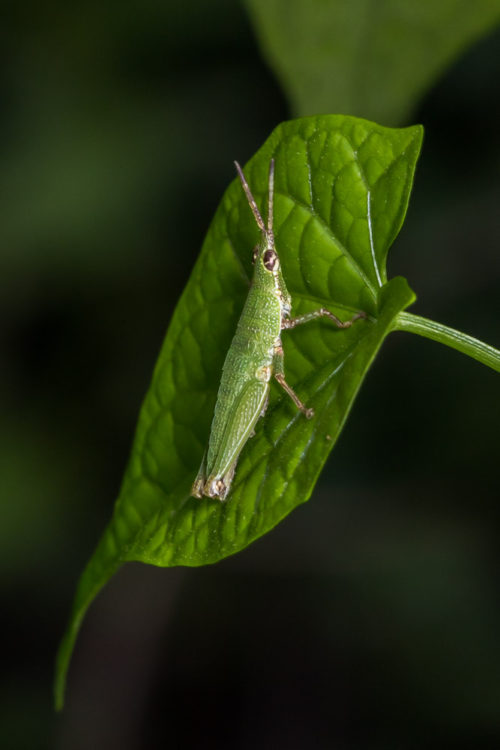
This is a nymph of a variety of short horned grasshopper (Family Acrididae). The Acrididae are the predominant family of grasshoppers, comprising some 10,000 of the 11,000 species of the entire suborder Caelifera. The Acrididae are best known because all locusts (swarming grasshoppers) are of the Acrididae. The subfamily Oedipodinae is sometimes classified as a distinct family Oedipodidae in the superfamily Acridoidea. Acrididae grasshoppers are characterized by relatively short and stout antennae, and tympana on the side of the first abdominal segment.
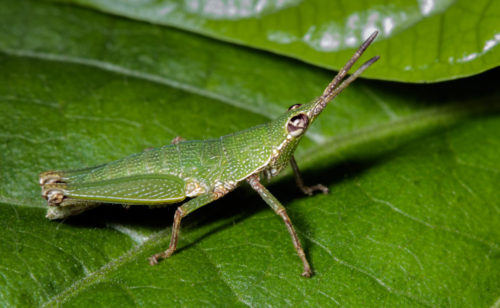
Grasshoppers are of great economic importance, because they constitute an important group of pests and pose a constant threat to cereal crops, pulses, vegetables, orchards, and grassland and forest plantations all over the world. Both nymphs and adults are voracious pests, feeding by biting along the edges of leaves and when found in large numbers causing extensive defoliation, which in turn reduces the photosynthetic capacity of the plant.
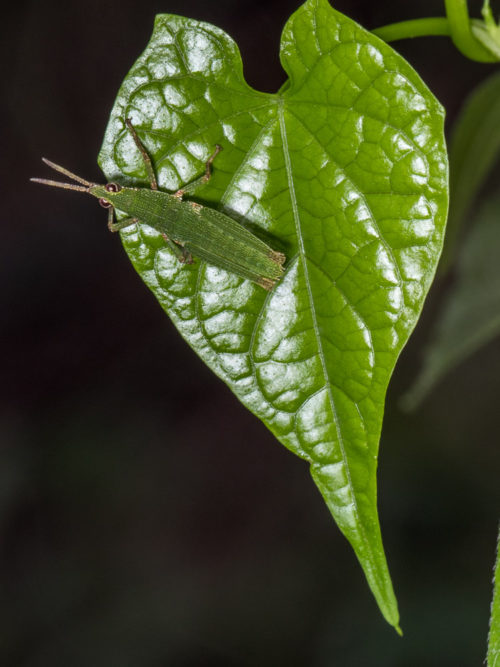
I photographed this grasshopper using a Canon EOS 80D with Canon EF 100mm f/2.8L Macro IS USM lens, illuminated by Godox Ving V860c E-TTL Li-ion Camera with LumiQuest SoftBox III. When we take macro photographs of small critters such as these, the depth of field become too shallow. One way of increasing the Depth of field is to reduce the aperture of the lens. Here I used f/16 aperture to get maximum DOF, beyond which, the image will soften due to a phenomenon known as diffraction.
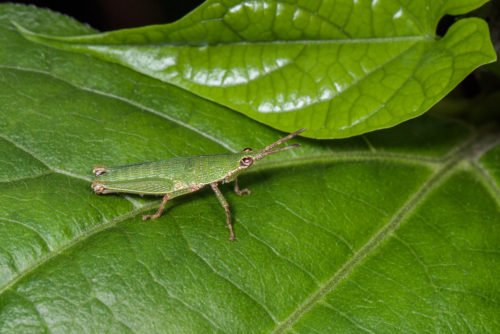
When the aperture is reduced to such a small size, the ambient light is insufficient to illuminate the subject, thereby resulting in a darkened image. The ISO can be increased, but which will, in turn, add noise beyond a reasonable measure. The native ISO of my camera, ISO 100, was used instead. So at f/16 aperture, ISO 100, the shutter speed achieved was 1/20th of a second. At 1/20th of such a high magnification, while it is possible to manually hold the camera to manage a stable shot, it is a difficult task. Beside, using a tripod in the field with a subject like a Grasshopper which can hop away any time it chooses to, is challenging.
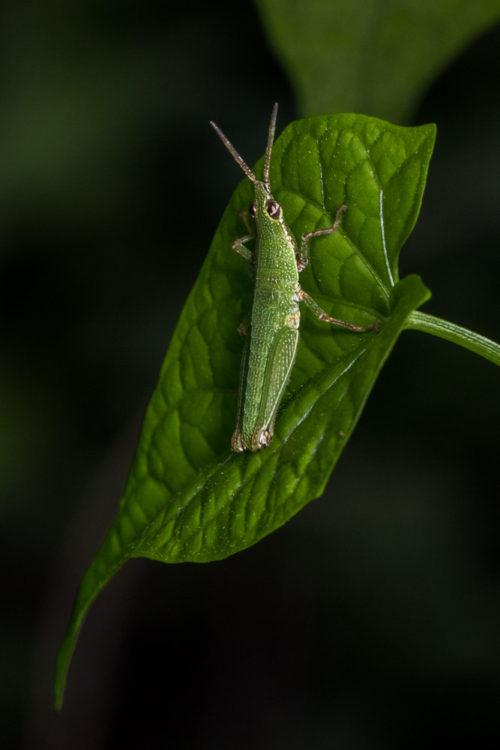
In close-up photography, illumination can be augmented using flash. With a flash and softbox can provide wonderfully controlled lighting. Using flash, I can raise the shutter speed to say, 1/200th of a second. Unfortunately, when you do that, your subject will be well lit, but not background, which goes dark. This is why so many close-up shots photographed using flash, show a dark background.
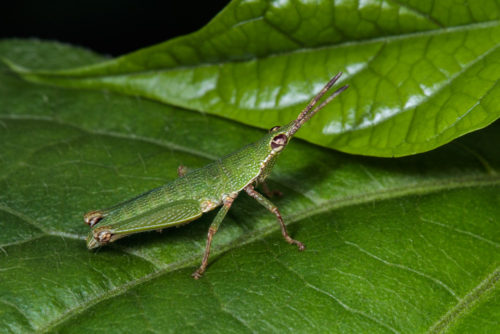
If you prefer a more ‘natural’ background for your photographs, in spite of using flash, here is a technique I use: After knowing the ambient light reading, I set my camera so that it’s under exposed by 1.5 to 2 stops of light from the actual meter reading (without using flash). Here my reading was f/16 aperture, ISO 100, 1/20th of a second. Keeping all other parameters constant, I change my shutter speed to 1/60th of sec by raising ISO to 400, which makes the camera easy to hold. This, in turn leaves the background slightly under exposed, but not too dark. Flash will illuminate the subject and the foreground and the resultant image will be more ‘natural looking’. If the surrounding light is too low, like during the late hours of dusk, it will be difficult to get a natural looking photo. You can, however, setup multiple slave flashes to illuminate the background for you.
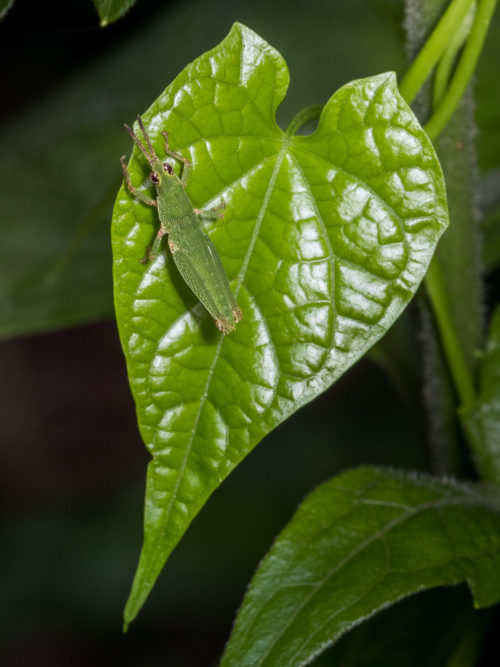


Thanks for the tips on how to achieve natural looking light in low light condition.